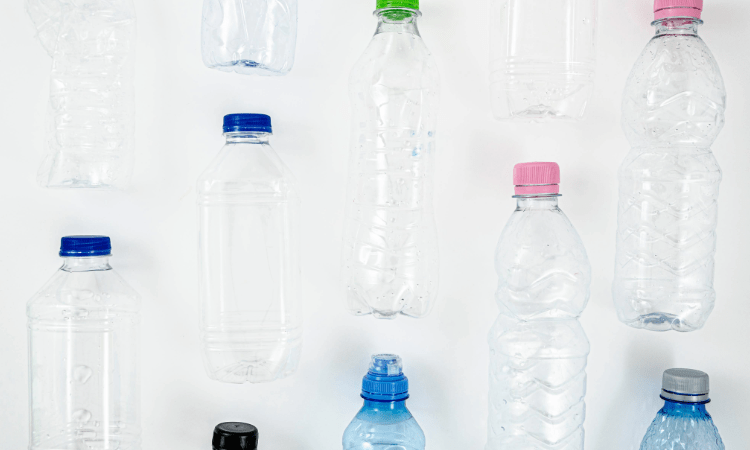
BLOG
KATEGORİDEKİ DİĞER YAZILAR

When it comes to food safety, the content of packaging materials is of paramount importance. So what's behind the colorful and attractive packaging we see on grocery shelves? Packaging materials are designed to preserve the freshness and safety of food, but sometimes they can unintentionally contain substances that threaten our health. These are called "Non-Intentionally Added Substances" or NIAS.
Packaging is essential for protecting, transporting and extending the shelf life of food. However, some of the chemicals they contain can pose a threat to our health. This is where the NIAS test comes in and reveals this hidden danger in packaging. This ensures compliance with food safety standards and protects consumers from potential health risks. The NIAS test is especially important for packaging that comes into direct contact with food.
NIAS stands for "Substances Not Intentionally Added" and refers to chemicals that may be present in packaging material but have not been intentionally added. These can result from raw materials used in the manufacturing process, additives or interaction with the packaging itself.
Why are these substances important? Because they can affect our health! Fortunately, thanks to the NIAS test, these substances can be detected and precautions can be taken. Where necessary, toxicological risk assessments are carried out and substances that may have an impact on health are listed.
NIAS testing involves analysis to detect and quantify these undesirable substances in packaging material. These tests are essential to ensure compliance with food safety standards and protect us from potential health risks. NIAS testing is a legal requirement, especially for packaging in direct contact with food. Some of the key legislation in the European Union on food contact materials and NIAS are:
These regulations provide an important framework to ensure the safety of packaging materials and protect consumers. NIAS testing is a critical tool to ensure compliance with these regulations and guarantee food safety.
Virtually every kind of packaging imaginable: plastic, paper, cardboard, metal, glass... even multi-layer packaging, packaging made from recycled materials and bio-based packaging are covered by the NIAS test.
NIAS tests use highly sophisticated analytical techniques to detect and quantify unintentionally added substances in packaging materials. These techniques provide precise and accurate results to unravel the complex nature of NIAS components and assess safety risks. Here are the main methods used:
Nanolab Laboratories Group has a specialized team and state-of-the-art equipment for NIAS testing of packaging. With our reliable and fast analysis results, we help you ensure the safety of your packaging. You can contact us to learn more about NIAS testing and other packaging analysis.
Contact us for more information.
Follow us on LinkedIn for up-to-date news and posts about our services.
Follow our Instagram account to be informed about our latest blog posts.